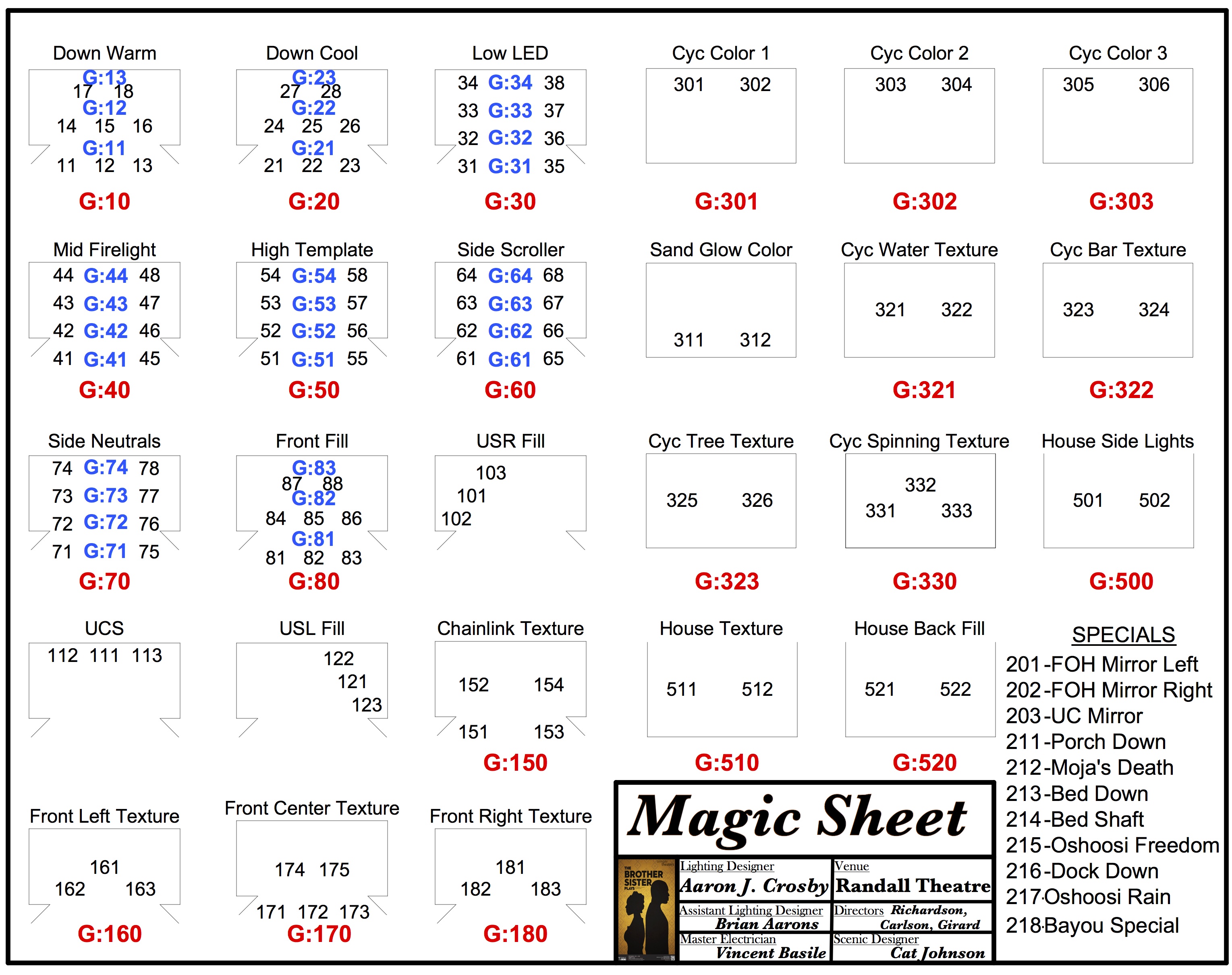Design Statement
Katie Forgette’s Sherlock Holmes and the Case of the Jersey Lily follows the infamous Sherlock Holmes as he investigates a case of blackmail against both the Crown and famous actress Lillie Langtry in the early 1890’s. Forgette utilizes several historical figures and events in her play, and therefore it became important to the director to keep an element of realism in the production. In order to create a realistic atmosphere, practical lights are important in the design in order to transport the audience back to the 1890’s. By seeing the working fixtures, the audience can easily suspend their disbelief and delight in the everyday aspect of the period.
There are two key factors critical in the show’s design. First, the 1890’s were a transition from gas to electrical lighting fixtures. The light thrown from gas and early electrical fixtures is much softer and more saturated than modern lighting fixtures. This knowledge requires the usage of warmer and more natural color media. Secondly, the show is steeped in mystery and deception surrounding the elusive Professor Moriarty. The darker elements of mystery and deception manifest themselves through the color choices for the Hamilton Gasworks and Professor Moriarty’s office, which are cooler, yet still saturated, in order to create more defined shadows. Heavy shadows are also created through the placement of fixtures. The key light is placed behind the action and top, diagonal left, and diagonal right fixtures provide the necessary fill light in varying intensities. The overall design creates a natural atmosphere of mystery, intrigue, and deception.










